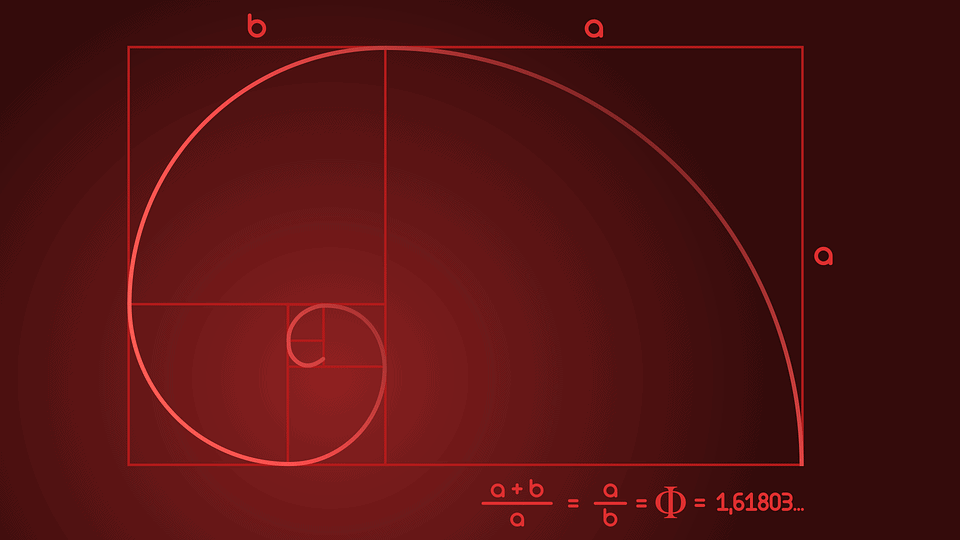The concept of the golden dental proportion can be traced back to the times of the ancient Greeks. According to their beliefs, true beauty is defined by the constant proportion or ratio of large and small elements.
While they used this in reference to beauty in nature, this was eventually adopted in other aspects of beauty. In modern days, the concept remains appealing and it has branched out into various areas, including the dentistry field.
Simply put, the golden dental proportion is based on a mathematical ratio of 1.618:1. This ratio represents the larger and smaller length (or teeth, in dental application). When you put it in a different format, it means that the smaller tooth must be 62% of the larger tooth’s size.
While it is inevitable that beauty trends come and go, the idea of a “golden ratio” has remained surprisingly enduring. At the same time, the concept of the golden proportion has been the center of controversy — and dentistry is no exception in this regard. It has had significant adjustments in terms of its application in the dental sphere, simply because an ideal proportion is difficult to achieve.
But as dental technologies and advancements continue to move forward, this would not be an impossible thing to achieve. According to Dentaly, the concept of golden proportions should not be viewed solely in terms of tooth width but also in connection with oral health. It should be looked at as a whole in terms of facial aesthetics (dental alignment included) and improving dental wellness.
What Is the Golden Ratio?
Two quantities are in the golden ratio if their ratio is the same as the ratio of their sum to the larger of the two quantities. In other words, their ratio is approximately 1.618.
The golden ratio of 1.618 has been used extensively in music, nature, architecture, and art. Ancient Greek mathematicians and Leonardo DaVinci are among those who have employed the golden ratio in their works.
When it comes to your smile, the golden ratio is applied to the two front teeth. These two teeth are measured in terms of height and width. The ideal shape is for the two front incisors to form a golden rectangle using the phi ratio.
This formula offers just one possible mathematical approach in order to determine the desirable size and shape of the teeth, particularly the maxillary teeth. Dentists would have to determine the length of the following before they can apply the golden proportion rule: the position of the incisal edge, incisal plane, gingival plane, and the length of the central incisor.
Dentists also use a different approach in terms of measuring the width based on two things: viewing width and clinical width. These two are taken into consideration when it comes to coming up with an accurate measurement of dental proportion.
Applying the Golden Proportion in Dentistry
The golden proportion provides a mathematical formula on which you can base your ratio of the smaller and larger teeth in relation to each other.
In the constant search for perfection in the dental field, the golden proportion presents itself as the secret to achieving the perfect smile. People nowadays spend thousands of dollars per year to correct the alignment of their teeth or to have their teeth replaced. Dentists are now examining the importance of (or lack of) the golden proportion when it comes to correcting people’s smiles.
Of course, cosmetic interventions should not be done frivolously, and you should consult with your specialist before any potential intervention.
However, in the quest of achieving that ideal proportion, various cosmetic dentistry procedures are done. One example of that is dental implants. A dental implant can not only help retain the integrity of your facial and bone structure but also improve overall facial aesthetics. When you have a missing tooth, it can cause your other teeth and jawbones to move. This movement creates a lack of proportion in your facial features.
How Can Cosmetic Dentistry Help?

The quest for a perfect smile never ends. The new advancements in cosmetic dentistry technology have only created more discussion with the aim of achieving perfectly proportioned teeth. Procedures such as dental implants and braces are a few of the methods available to achieve aligned teeth. A good cosmetic dentist will be able to assess a patient’s natural teeth formation and determine the ideal procedure that would achieve the golden ratio. The best cosmetic dentists are not only well-versed about the latest cosmetic dentistry techniques, but they are also knowledgeable when it comes to smiling aesthetics and how achieving the best natural proportion can produce a better smile.
Cosmetic dentistry includes a wide range of procedures and treatments aimed at full mouth reconstruction. Even a simple procedure such as teeth whitening can do a lot to enhance your smile. Advanced techniques and treatments can, therefore, restore the proper alignment and harmony of your teeth. Whether you have protruding teeth, missing teeth, or crooked teeth alignment, these can now be fixed with modern dentistry techniques.
With the advancement in cosmetic dentistry, it is only a matter of time before dentists can achieve the golden dental proportion. This makes your quest of achieving that perfect smile within your reach!




